Medical device manufacturer
From classic cleaning validation to research projects, our experienced team combines proven methods with pioneering technologies. This enables us to provide the best possible service for your individual requirements, giving you a decisive competitive advantage. Of particular note is our radioactive marking of test contamination (radionuclide method), which is ideal for localised investigations of possible critical points in instrument design. Thanks to our impressive range of equipment from various manufacturers, we can offer you a wide variety of laboratory services for cleaning, disinfection, sterilization and packaging validation — carried out precisely, efficiently and reliably.
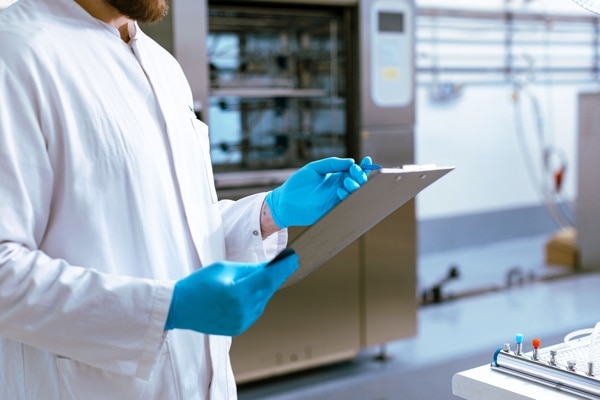
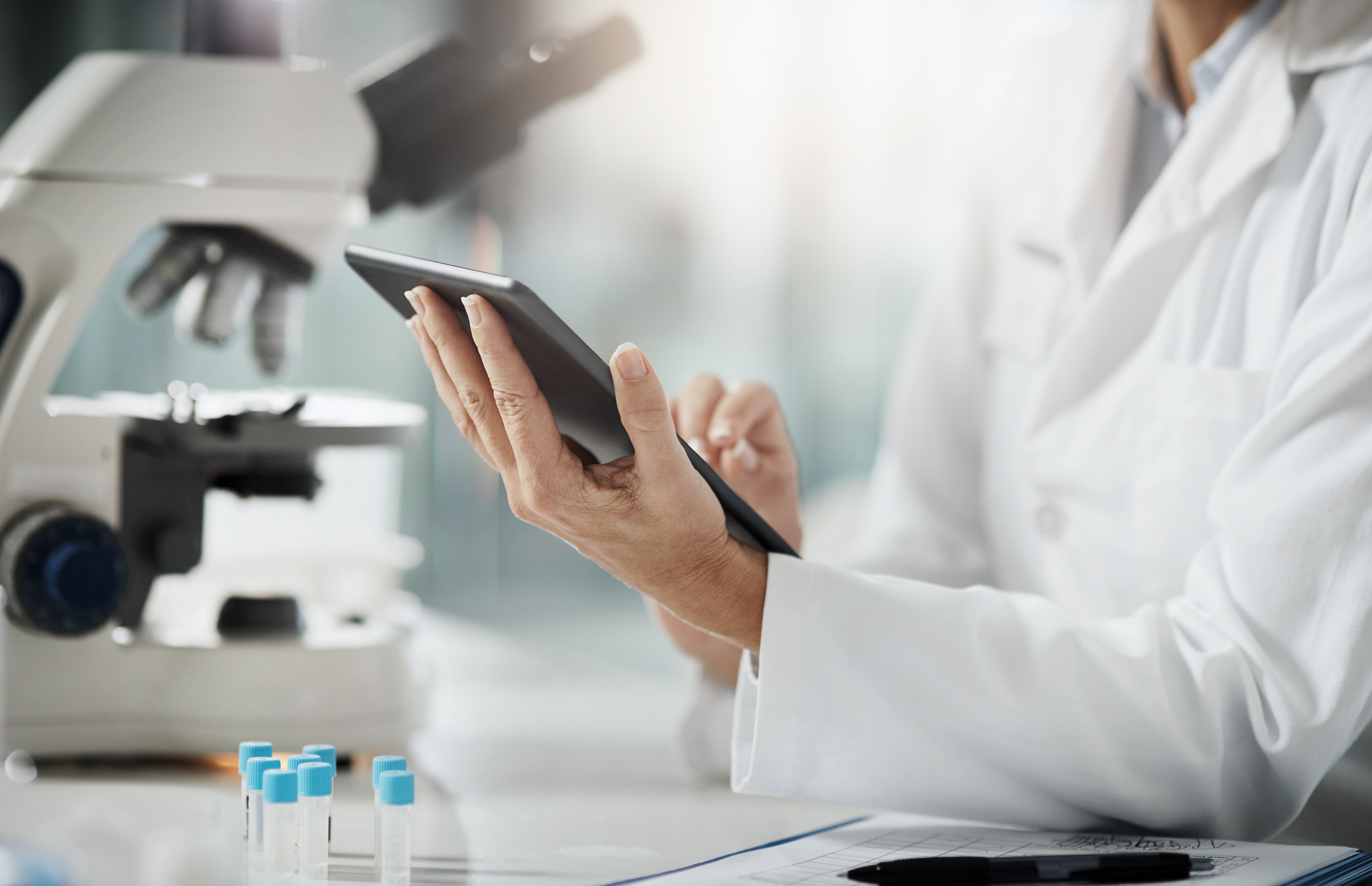
.jpg)
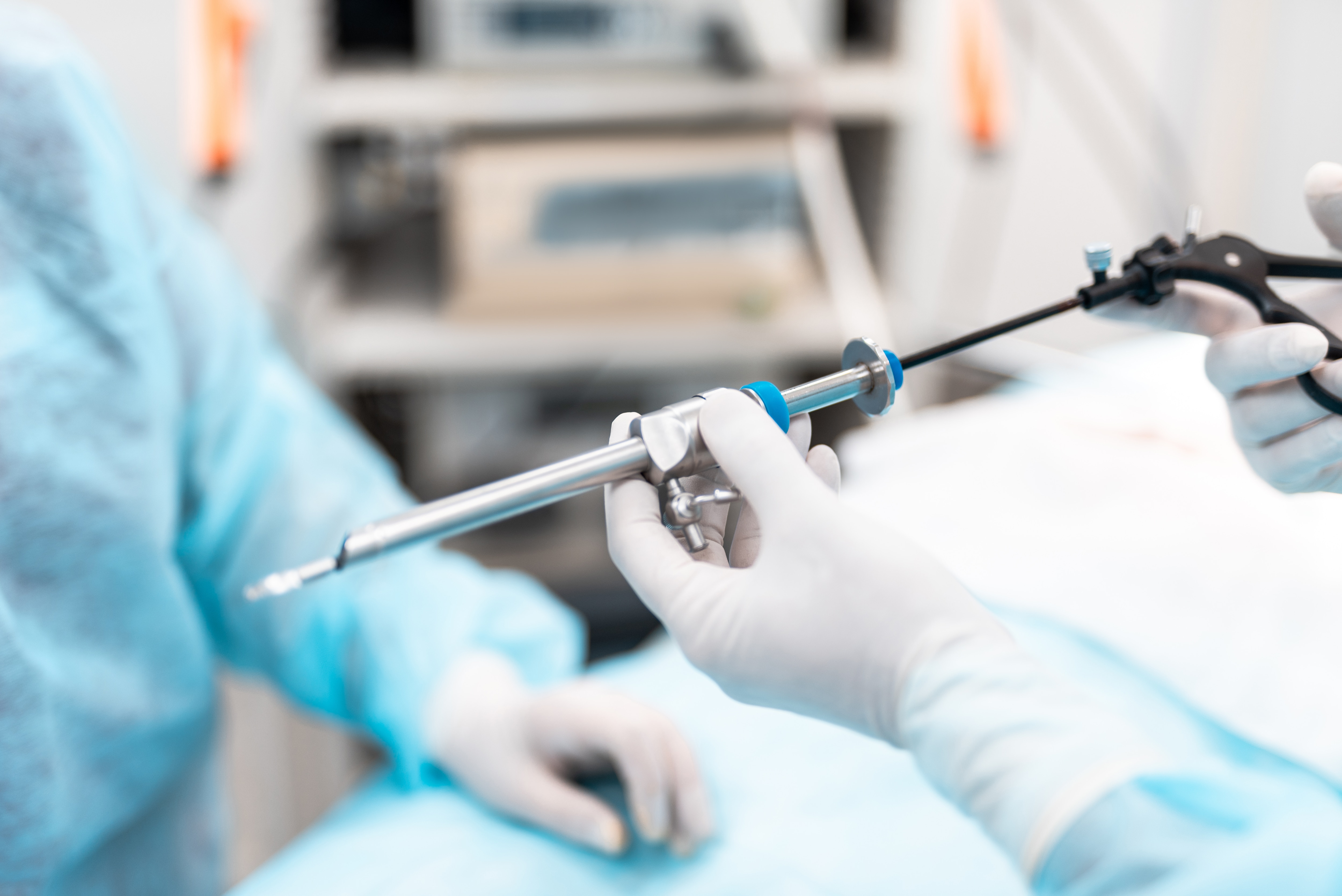
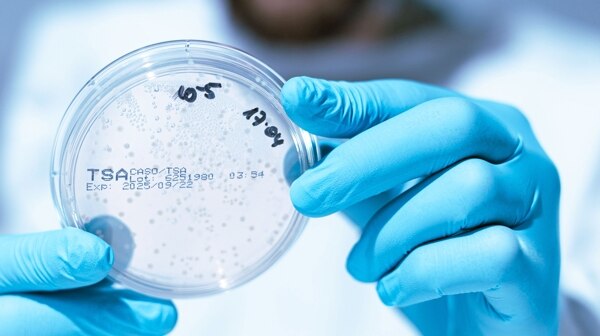
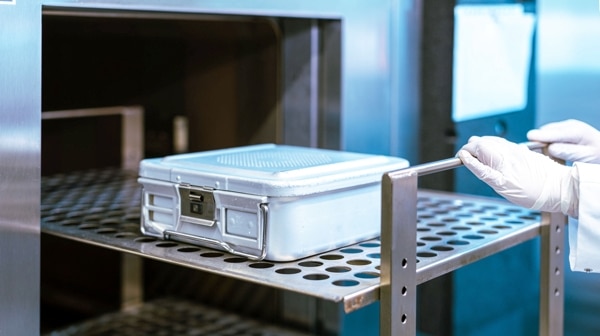
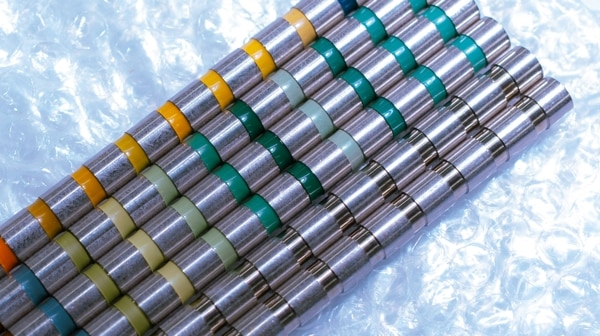
.jpg)